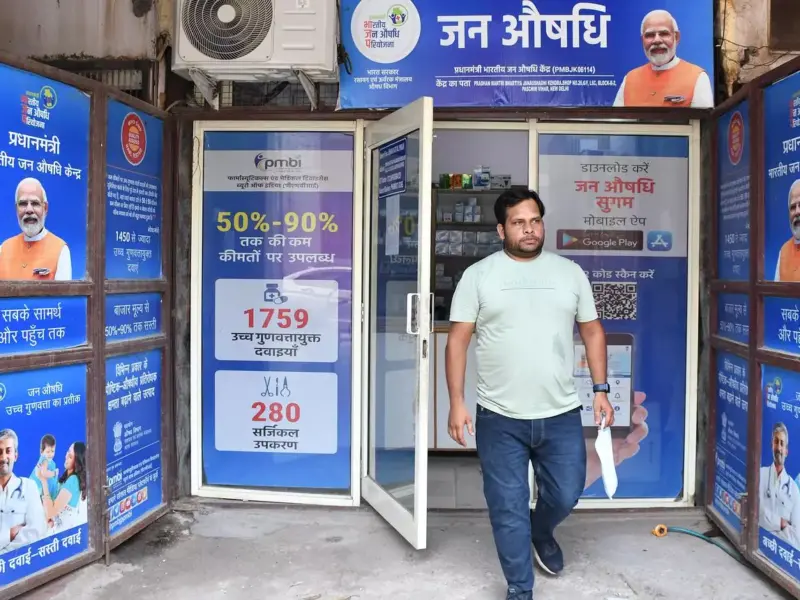Bank FD: How it became the preferred investment product of middle class people in India
Fixed Deposits (FDs) are considered a safe investment option with better returns and low risk of investment loss, hence making it a preferred choice of investment for most Indians. But have you ever wondered how FDs started in India and became a popular investment product among the middle class? Let’s take a look at the history of FDs in India.
Early days of FDs in India
According to media reports, the history of FDs in India is linked to the British. The British introduced the FD scheme in the early 1900s to encourage savings in the country. However, at that time, the interest rates on FDs were quite low, which resulted in only a few people getting FDs done in the bank. FDs were not very popular in the country till independence.
Post-independence developments
After independence, the Government of India nationalized banks in the 1960s. This led to the government’s control over FD interest rates, which continued until the 1970s. In the 1980s, the government started deregulating FD interest rates, and banks were allowed to fix their own rates, which led to competition among banks regarding interest rates in India.
FDs become popular
As banks started offering higher interest rates on FDs, it became a better option for safe investment in India. One of the major reasons for making FDs a favorite investment option in just a few years is also believed to be the absence of any such investment option for the middle class before.
Further developments
In the early 2000s, the Reserve Bank of India (RBI) introduced the concept of Base Rate to simplify the process of setting the rate of interest. RBI fixed a base rate under which banks could not lend at less than the base rate. After this, the Reserve Bank came up with the benchmark prime lending rate system, based on which the interest rate is fixed.
In conclusion, FDs have come a long way from being an investment option introduced by the British to encourage savings to becoming a preferred investment product of the middle class in India. With the introduction of Base Rate and the benchmark prime lending rate system, FDs have become even more accessible and convenient for investors.
English Summary: Bank FD or Fixed Deposit is considered a safe investment option with better returns and low risk of investment loss, making it a popular choice among Indians. The history of FDs in India is linked to the British, who introduced the FD scheme in the early 1900s to encourage savings in the country. After independence, the government nationalized banks and controlled FD interest rates until the 1970s. In the 1980s, the government started deregulating FD interest rates, which led to competition among banks regarding interest rates in India. The Reserve Bank of India introduced the concept of Base Rate in the early 2000s to simplify the process of setting the rate of interest. Today, FDs have become even more accessible and convenient for investors.
Follow DelhiBreakings on Google News
Superfast News Coverage by DelhiBreakings.com team.
For Superfast national news and Delhi Breaking Stories visit us daily at https://delhibreakings.com




